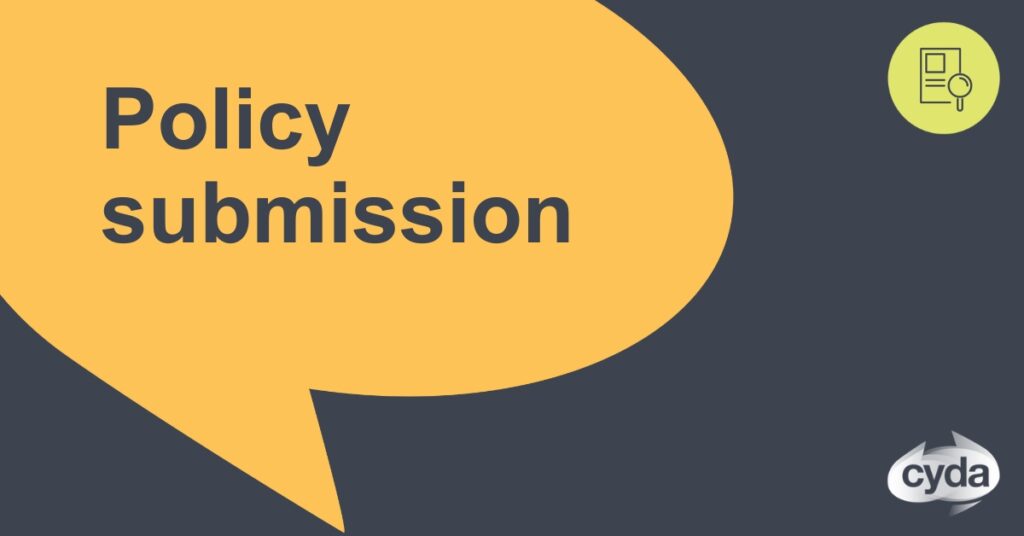The Hon Ronald Sackville AO QC
Chair of the Royal Commission
Royal Commission into Violence, Abuse, Neglect and Exploitation of People with Disability
GPO Box 1422
BRISBANE QLD
4001
30 November 2022
Dear Commissioner Sackville and fellow Commissioners,
Please accept Children and Young People with Disability Australia’s submission on Targeted Engagement (attached with this letter) as a formal submission into the Royal Commission into Violence, Abuse, Neglect and Exploitation of People with Disability (Disability Royal Commission.
The Targeted Engagement involved a series of consultation sessions with six young people with disability. A report summarising consultation participants’ contributions forms this submission which urges the Disability Royal Commission to shine a light on the exclusion, discrimination and mistreatment of children and young people across all systems and areas of life, and in particular we recommend;
- that school, university and department staff regularly undertake disability awareness training
- incentivising and supporting accessibility and positive hiring practices (inclusive of training) in all employment sectors
- ensuring safe and quality supports for all by addressing the gaps in appropriate services for those not eligible for the NDIS
- funding, promoting, and supporting awareness campaigns and disability led research. This includes taking steps to encourage people with lived experience to take part in and lead/conduct research.
We urge the Disability Royal Commission to make bold and targeted recommendations to government to highlight systemic injustices, drive reform and coordinate action to ensure the rights of children and young people are upheld.
If you would like to know more about this submission or CYDA’s work, please feel free to contact me on (03) 9417 1025 or [email protected].
Kind regards,
Dr Liz Hudson
Policy and Research Manager
CYDA
Download our full submission using the buttons above.


